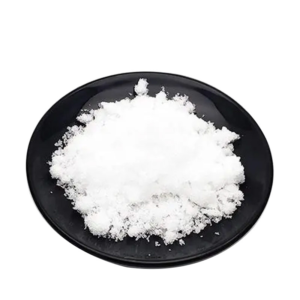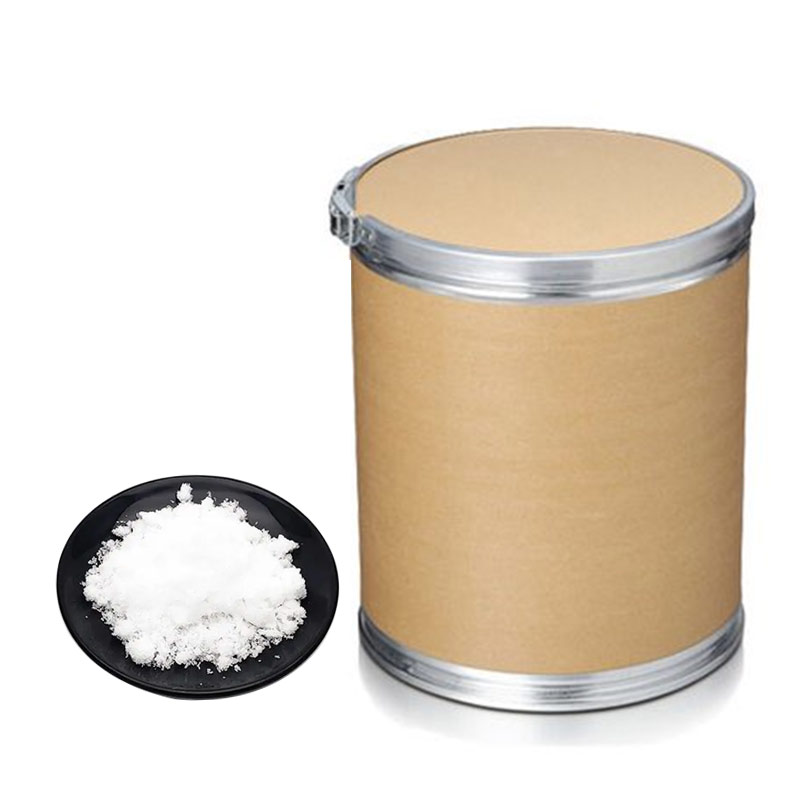L-Rhamnopyranose monohydrate
-Plant extracts
1.High Quality;
2.High Purity;
3.Pure Natural.
Share the product
Product information

| Name | Baisfu L-Rhamnopyranose monohydrate |
| CAS | 6155-35-7 |
| Molecular formula | C6H14O6 |
| Molecular weight | 182.17 |
| EINECS NO. | 639-370-9 |
| Melting point | 90-95 °C(lit.) |
| Specific rotation | [α]D20 +7.7~+8.5゜ (c=5, H2O) |
| Density | 1.2981 (rough estimate) |
| Vapor pressure | 0Pa at 20℃ |
| Storage condition | Sealed in dry,Room Temperature |
| Solubility | Solubility in water 0.1g /mL, clear, colorless |
| Color | White to almost white |
| Form | Soild |
Physical and chemical properties
When it crystallizes from an aqueous solution, it has a molecular crystal water with a melting point of 93 ° C, and the melting point of anhydrous matter is 122-124 ° C. Soluble in water and methanol, insoluble in ether. The crystalline form is divided into α- type and β- type two: α- type, a variety of glycoside components. At the melting point of 82 ~ 92℃, there will be metamorphosis. Rotation [α]D20-7.7°→+8.9°. Beta – form, crystallized from acetone. Melting point 122 ~ 126℃. The rotation [α]D20+31.5° soon becomes the same as the α- type. The beta – type is hygroscopic and becomes an alpha – type crystal when exposed to wet air. 33% of the sweetness of sucrose. There are D-type and L-type isomers. In water, the [α]D16.5 of D-rhamnose is -8.25, and the [α]D15 of L-rhamnose is +9.1. It can reduce Fehling solution and react with sodium amalgam to produce rhamnol.
L-Rhamnopyranose monohydrate is widely distributed in plants as a trace sugar. The form of binding sugars is found in many phytosides (such as quercetin, isohesperidin, etc.), polysaccharides, especially pectin and colloid, and also in sumac toxin. Rhamnose can be used to determine intestinal Chemicalbook permeability, can be used as a sweetener, can reduce Fehling solution, and interact with sodium amalgam to produce rhamnol. It can be hydrolyzed from Xanthorhamnin and Quercitin.


